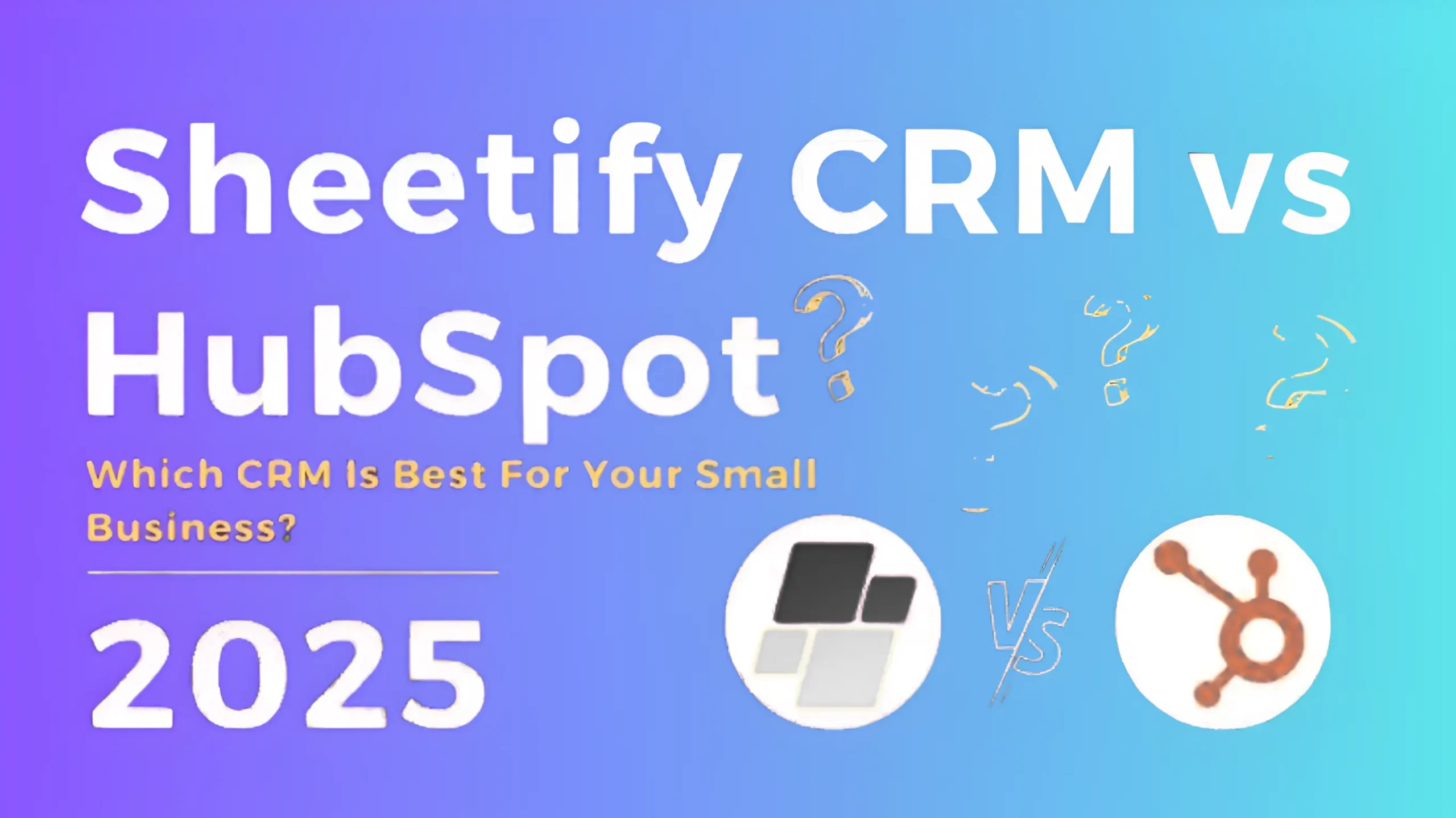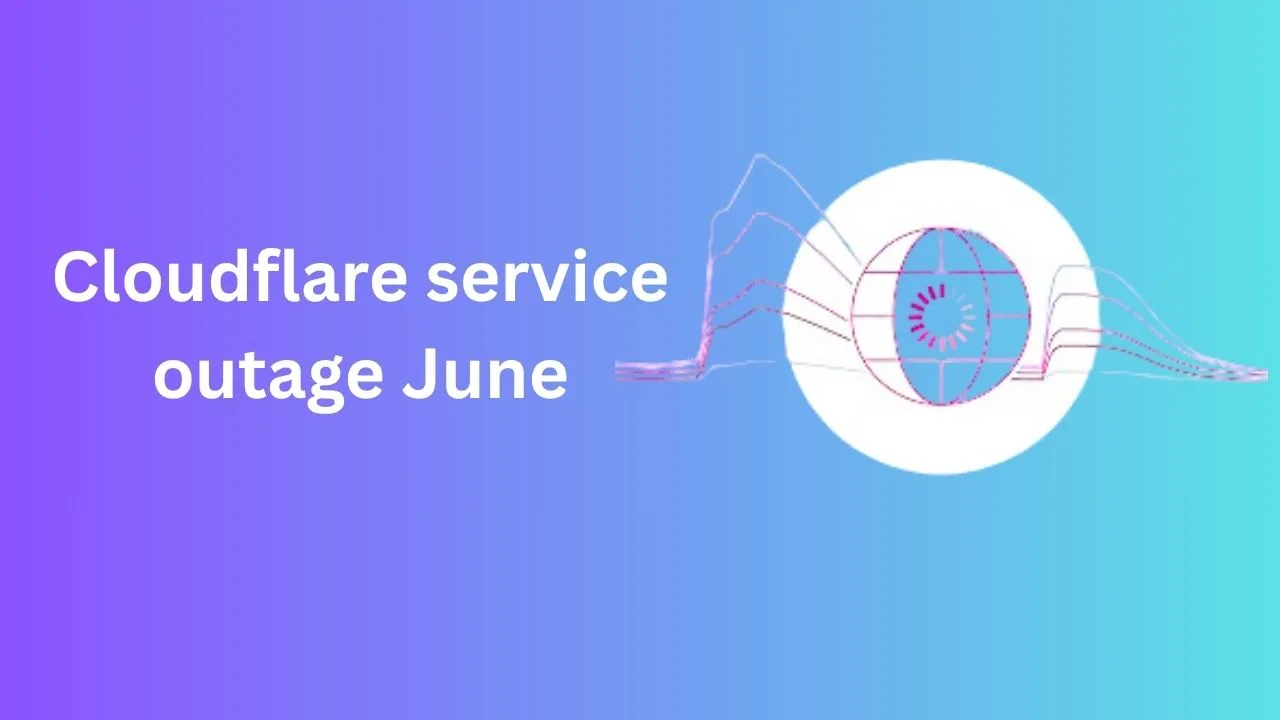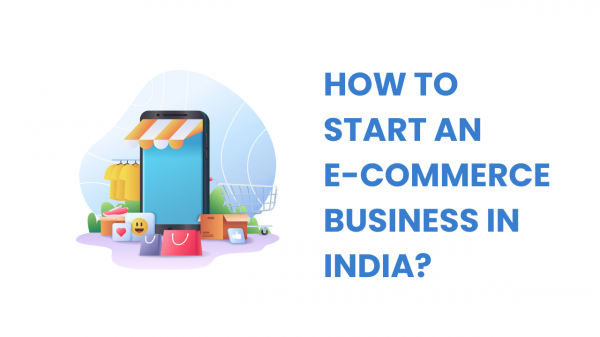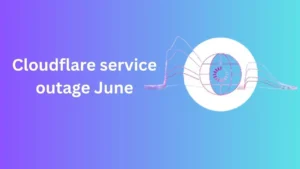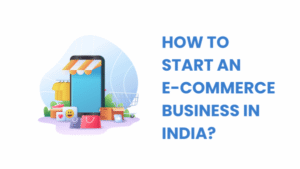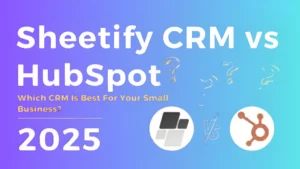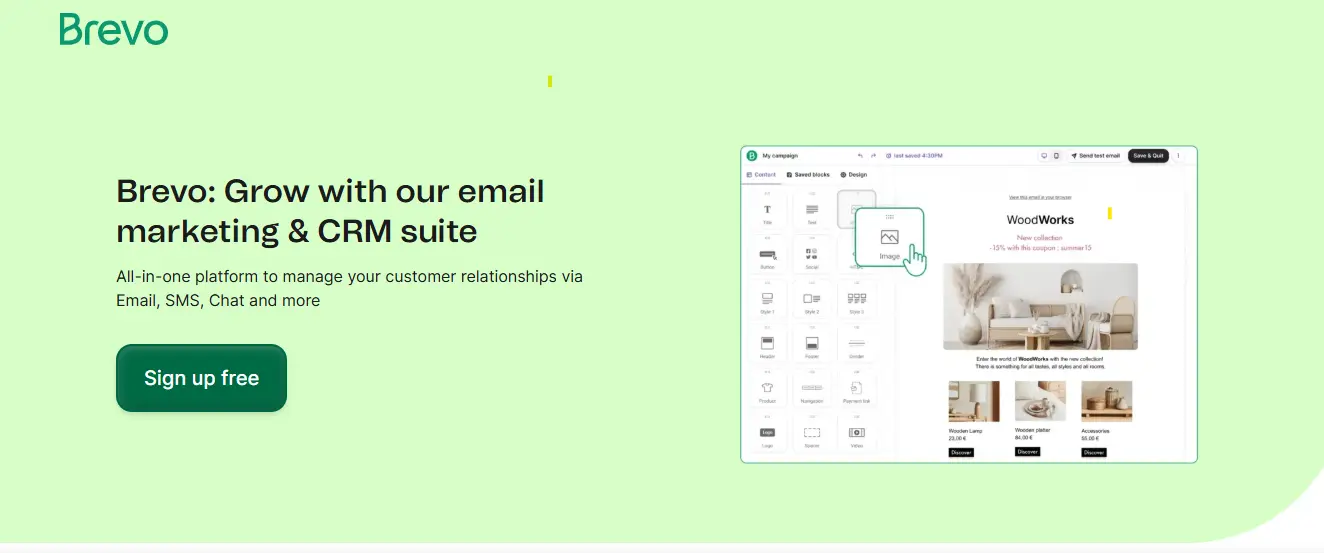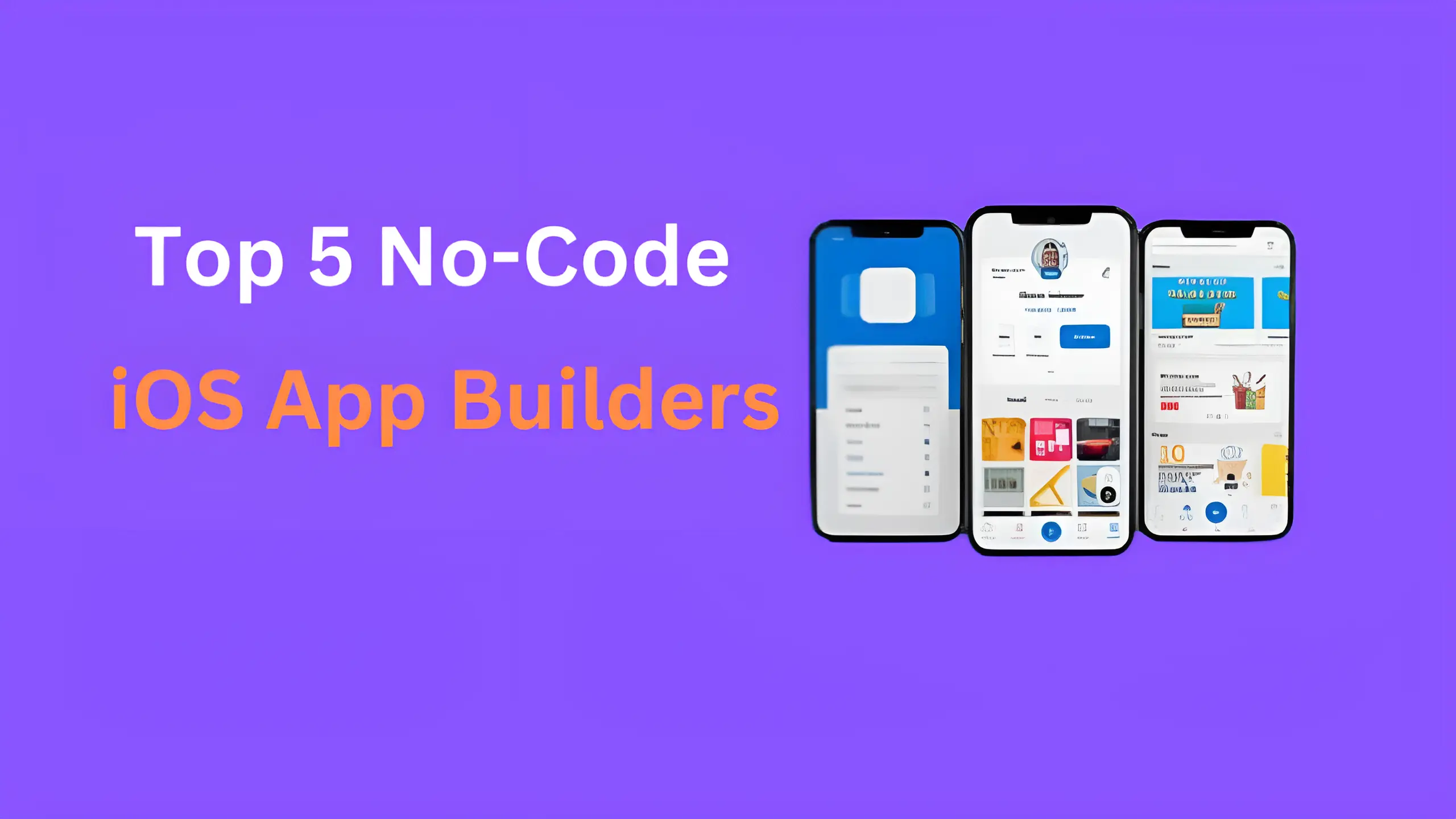In today’s fast-paced digital era, managing customer relationships effectively can make or break a business. With hundreds of CRM platforms on the market, choosing the right one is no longer a luxury—it’s a strategic necessity. Whether you’re a solopreneur managing clients via spreadsheets or a scaling startup aiming to automate sales and marketing workflows, the right CRM can simplify operations, increase productivity, and boost revenue.
Among the most talked-about tools in 2025, two names consistently dominate the conversation: Sheetify CRM and HubSpot. While both aim to streamline customer relationship management, they take radically different approaches, catering to different types of businesses, budgets, and workflows. So, which one is right for you?
Choosing the right Customer Relationship Management (CRM) system is critical in 2025, especially for growing businesses. With new contenders entering the market and legacy systems evolving rapidly, “Which CRM fits your needs?” becomes increasingly significant. Today, we explore Sheetify CRM vs HubSpot, two powerful platforms with vastly different approaches but a shared goal: helping businesses thrive through smarter customer management.
In this comprehensive article, we’ll analyze Sheetify CRM vs HubSpot across 10 essential parameters — from usability and pricing to automation and customer support — so you can make an informed decision.
What is Sheetify CRM and HubSpot?
Sheetify CRM
Sheetify CRM is a lightweight, spreadsheet-based CRM platform designed for startups, freelancers, and small businesses. It blends simplicity with power by offering robust CRM features inside a spreadsheet interface—ideal for users who love tools like Excel or Google Sheets.
HubSpot
HubSpot is a comprehensive, enterprise-ready CRM platform. It offers marketing, sales, customer service, and CMS tools under one roof. Known for its deep automation capabilities and strong analytics, HubSpot is widely used by medium to large enterprises.
When comparing Sheetify CRM vs HubSpot, it’s clear that they cater to different audiences — but which one aligns best with your needs?
Ease of Use
Sheetify CRM
Sheetify’s spreadsheet-style interface is incredibly intuitive. If you’ve ever used Excel or Google Sheets, you’ll feel right at home. You can track leads, deals, and contacts all in one place without any coding or complex configuration.
HubSpot
HubSpot, though packed with features, has a steeper learning curve. However, it offers a clean UI design and extensive tutorials. Once onboarded, users find it powerful and efficient.
Sheetify CRM vs HubSpot in this category depends on user preference — Sheetify wins for simplicity, while HubSpot wins for scalability.
Features Comparison
| Feature | Sheetify CRM | HubSpot |
| Contact Management | ✅ | ✅ |
| Pipeline Tracking | ✅ | ✅ |
| Marketing Automation | ❌ | ✅ |
| Workflow Automation | ✅ (Basic) | ✅ (Advanced) |
| Custom Dashboards | ✅ | ✅ |
| Team Collaboration | ✅ | ✅ |
| Integrations | Limited | Extensive |
| Reporting | Basic | Advanced |
In the Sheetify CRM vs HubSpot feature showdown, HubSpot is more robust, but Sheetify is ideal for minimalists.
READ MORE The Best 5 Advantages of Shopify Reviews for Your E-Commerce Success
Automation Capabilities
Automation is key in modern CRMs. Here’s how both stack up:
Sheetify CRM
Offers basic automations such as reminders, follow-ups, and lead status changes. It’s perfect for solo users or small teams who want to streamline tasks without heavy lifting.
HubSpot
HubSpot’s automation tools are unmatched. From marketing workflows to sales funnels, you can automate nearly every aspect of the customer journey.
If automation is your top priority in the Sheetify CRM vs HubSpot debate, HubSpot is the clear winner.
Integration Ecosystem
Sheetify CRM
Supports essential tools like Gmail, Google Sheets, and Zapier. However, it lacks native integration with more complex tools like Salesforce, Stripe, or Slack.
HubSpot
HubSpot boasts 1,000+ integrations—from Mailchimp to Shopify, Salesforce, and beyond. It fits seamlessly into nearly any tech stack.
Again, Sheetify CRM vs HubSpot tilts toward HubSpot for larger integration needs.
Customization and Flexibility
Sheetify CRM
Custom fields, templates, and filterable views make Sheetify CRM flexible without complexity. Ideal for those who want a customized setup without hiring a developer.
HubSpot
Highly customizable, especially in paid plans. You can build dashboards, pipelines, and workflows tailored to your business needs.
In the Sheetify CRM vs HubSpot customization war, it’s a tie for different reasons — Sheetify for beginners, HubSpot for pros.
Pricing & Plans (2025 Update)
Sheetify CRM
- Free Tier: Basic CRM (up to 2 users)
- Pro: ₹999/month (~$12) – Includes automations and templates
- Business: ₹2,499/month (~$30) – Adds integrations and advanced reporting
HubSpot
- Free: Solid but limited CRM
- Starter: $20/month/user – Basic marketing and sales features
- Professional: $800+/month – Automation, advanced analytics
- Enterprise: $3,200+/month – Full suite
Sheetify CRM vs HubSpot shows a vast pricing difference. Sheetify is budget-friendly; HubSpot is ideal for businesses that can invest heavily.
Customer Support
Sheetify CRM
Offers email and community support in all plans, with priority support in premium tiers. Response time is quick for Indian users.
HubSpot
24/7 phone and chat support for paid users. Their knowledge base and academy are massive.
In the Sheetify CRM vs HubSpot support arena, HubSpot wins on scalability, while Sheetify is more direct and personal.
Analytics & Reporting
Sheetify CRM
Provides essential reporting via spreadsheet formulas and basic visualizations. It’s enough for small teams that don’t require complex metrics.
HubSpot
Powerful analytics engine. Custom dashboards, lifecycle reports, and conversion insights help make strategic decisions.
Sheetify CRM vs HubSpot? If you need deep data, go with HubSpot.
Ideal Use Cases
- Sheetify CRM: Perfect for solopreneurs, freelancers, startups, and Excel lovers. Great for businesses transitioning from manual tracking to a more organized system.
- HubSpot: Ideal for scaling startups, enterprises, and digital agencies needing all-in-one automation, marketing, and analytics.
The Sheetify CRM vs HubSpot choice hinges on business size, budget, and complexity.
Latest posts Brevo Review 2025 | The Best Omni Marketing Tool for Small Businesses
Pros & Cons Summary
Sheetify CRM Pros:
- Affordable pricing
- Easy to use
- Quick setup
- Minimal learning curve
Sheetify CRM Cons:
- Limited integrations
- Basic reporting
- Not ideal for large teams
HubSpot Pros:
- All-in-one platform
- Rich automation and analytics
- Excellent support and documentation
HubSpot Cons:
- High pricing for advanced features
- Learning curve
- Overkill for small teams
Sheetify CRM vs HubSpot — Which Is Best For You?
The verdict depends on your needs:
- Choose Sheetify CRM if you want an affordable, user-friendly CRM that gives you control in a spreadsheet-like format.
- Choose HubSpot if you’re ready to scale and want advanced automation, integration, and analytics.
When deciding between Sheetify CRM vs HubSpot, consider your current team size, goals, and budget. Both are winners — just in different arenas.
Conclusion
As 2025 unfolds, CRM tools are evolving faster than ever. This comprehensive guide compares Sheetify CRM vs HubSpot across features, pricing, automation, support, and use cases.
If you’re a small business owner, freelancer, or early-stage startup, Sheetify CRM might be the smarter, simpler, and more affordable option. If you run a scaling operation with multiple teams and marketing funnels, HubSpot will give you the power you need.
No matter which side you choose in the Sheetify CRM vs HubSpot debate, the most important step is getting started with a CRM that works for you.
READ MORE What is Answer Engine Optimization (AEO)?
